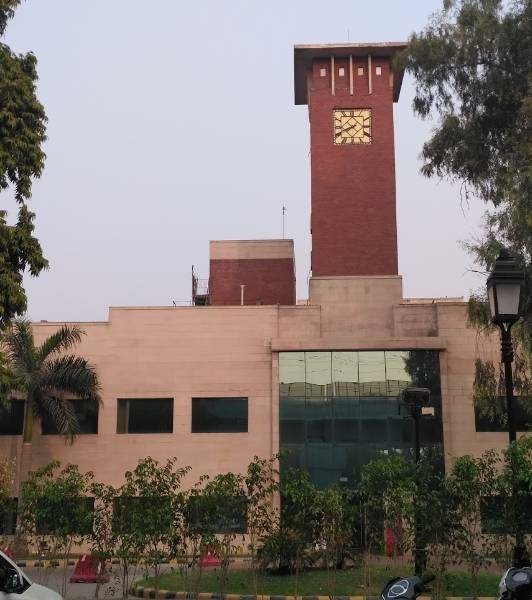About The Hospital
test 1 test1 test1
Treatments Offered
Top Doctors
Nearby Guest House
Team & specialisation
test2
Infrastructure

Number Of Beds
200. ICU-49

Operation Theatres
15

No Of Surgeon
1
test3
Blogs

Bone Marrow
Bone marrow is a soft, spongy tissue found inside the bones of the body. It is responsible for producing and housing various types of blood cells, including red blood cells, white blood cells, and platelets.There are two types of bone marrow:Red marrow: Red marrow is found mainly in the flat bones, such as the hip bones, breastbone, skull, ribs, and vertebrae. It is responsible for producing red blood cells, platelets, and some types of white blood cells.Yellow marrow: Yellow marrow is found in the central cavities of long bones, such as the femur and humerus. It consists mainly of fat cells and serves as a storage site for fats. However, in certain situations, such as severe blood loss or certain diseases, yellow marrow can be converted back to red marrow to produce more blood cells.The process of blood cell production in the bone marrow is called hematopoiesis. It involves the differentiation and maturation of stem cells into specific types of blood cells. Red blood cells transport oxygen, white blood cells help in fighting infections, and platelets are involved in blood clotting.In addition to blood cell production, the bone marrow is also a vital part of the immune system. It contains immune cells, such as lymphocytes, which play a crucial role in the body's defense against infections and diseases.Bone marrow transplantation, also known as hematopoietic stem cell transplantation, is a procedure in which healthy stem cells are introduced into the bloodstream to replace damaged or destroyed bone marrow. This procedure is commonly used to treat certain cancers, such as leukemia, lymphoma, and multiple myeloma, as well as other conditions like severe aplastic anemia and immune system disorders.Bone marrow donation can come from two sources:Autologous transplantation: In this case, the patient's own bone marrow or stem cells are collected, stored, and later infused back into their body after high-dose chemotherapy or radiation treatments. This method allows the patient to receive their own cells and reduces the risk of rejection.Allogeneic transplantation: Here, the donor is a compatible individual, typically a sibling or an unrelated donor whose tissue type matches the recipient's. The donor's bone marrow or stem cells are collected and then infused into the patient's bloodstream.Bone marrow transplantation is a complex procedure that requires specialized medical expertise and careful matching of donor and recipient. It carries potential risks and complications, including graft-versus-host disease (GVHD) in allogeneic transplants, infections, and side effects from conditioning treatments.If you are interested in bone marrow donation or require further information about bone marrow transplantation, I would recommend consulting with a healthcare professional or reaching out to organizations that specialize in this area, such as bone marrow registries or transplant centers.



